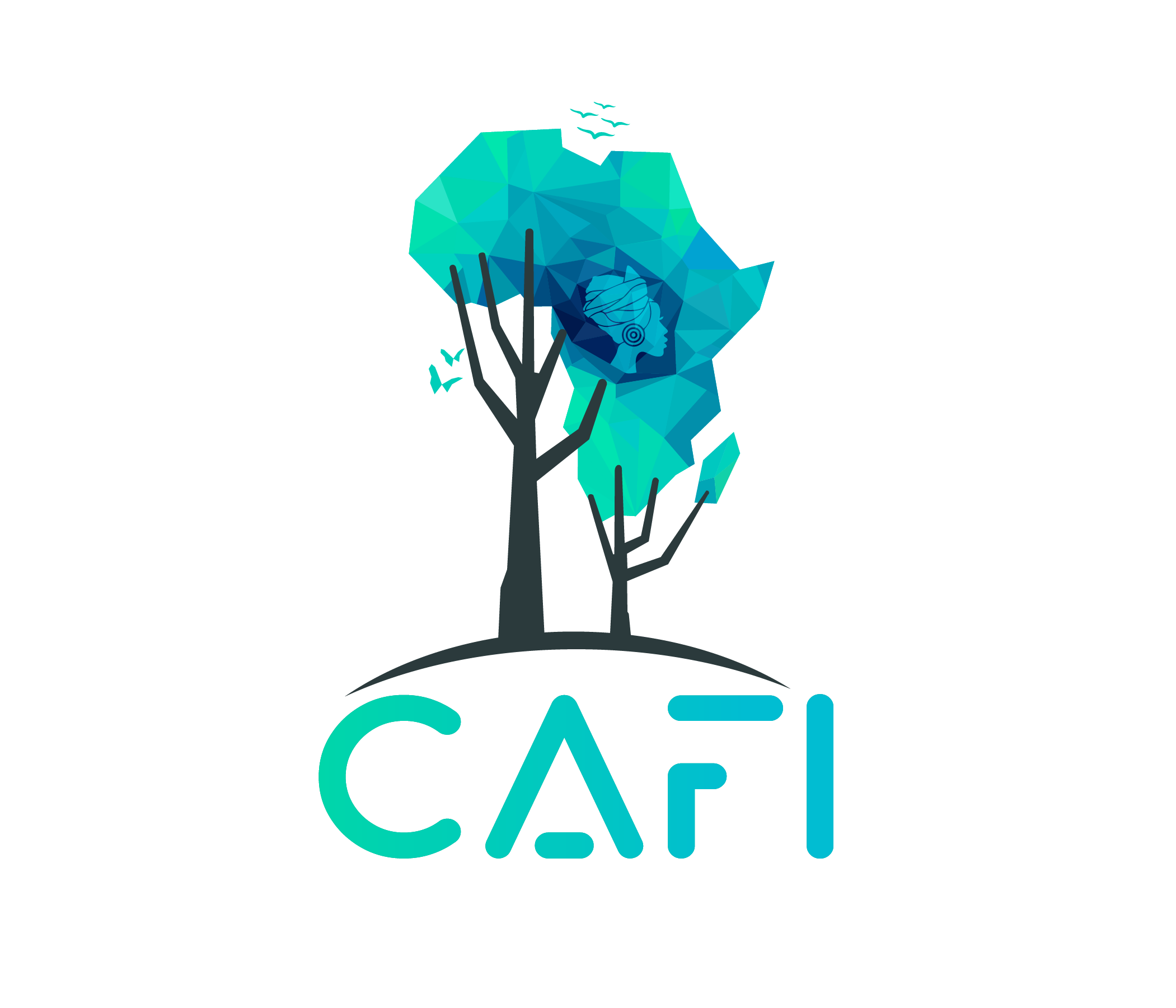Reconciling the ambition to be the “African breadbasket” with reducing deforestation
Cameroon forests cover approximately 30 million hectares. Deforestation surface area doubled between 2016 and 2023 to reach close to 820,000 hectares, while forest degradation quadrupled (see Workbook: CAFI DDD SBAE estimates 2015 2023).
The rural sector is one of the mainstays of the Cameroonian economy, contributing approximately 21% of GDP (2012 to 2018). The rural sector accounts for 55% of the country’s export earnings – ahead of hydrocarbons exports (30%). However, the large imports in agro-food products impact the trade balance negatively, catalysing a national ambition to increase domestic agricultural production. This is compounded by the fact that Cameroon’s population is expected to double by 2046, with projected increase of 20 million people in urban areas and 17 million in rural areas, which will trigger a growing demand for food production.
Cameroon’s ambition to increase its domestic agricultural production is part of the national vision to become an emerging and industrialised economy by 2035. The Government strategy aims to satisfy the growing national and regional market for oil palm and its industrialised derivatives, thereby driving expansion of large, medium and small-scale palm plantations. The Government’s goal to double cocoa production could drive forest degradation unless productivity is increased on existing farms, and expansion focused in already degraded forests or savannahs. Unlike other countries in the region, Cameroon is experiencing very significant pressure on land that are not only due to demographic factors but also to the development of economic activities.
Cameroon’s Intended Nationally Determined contribution calls for a reduction of 32% in emissions by 2035 compared to 2010. Can the country’s ambition in terms of economic emergence and food production be reconciled with its international commitments on climate and biodiversity?
Cameroon at a Glance
million hectares of forest
hectares of forest lost between 2016 and 2023
%



